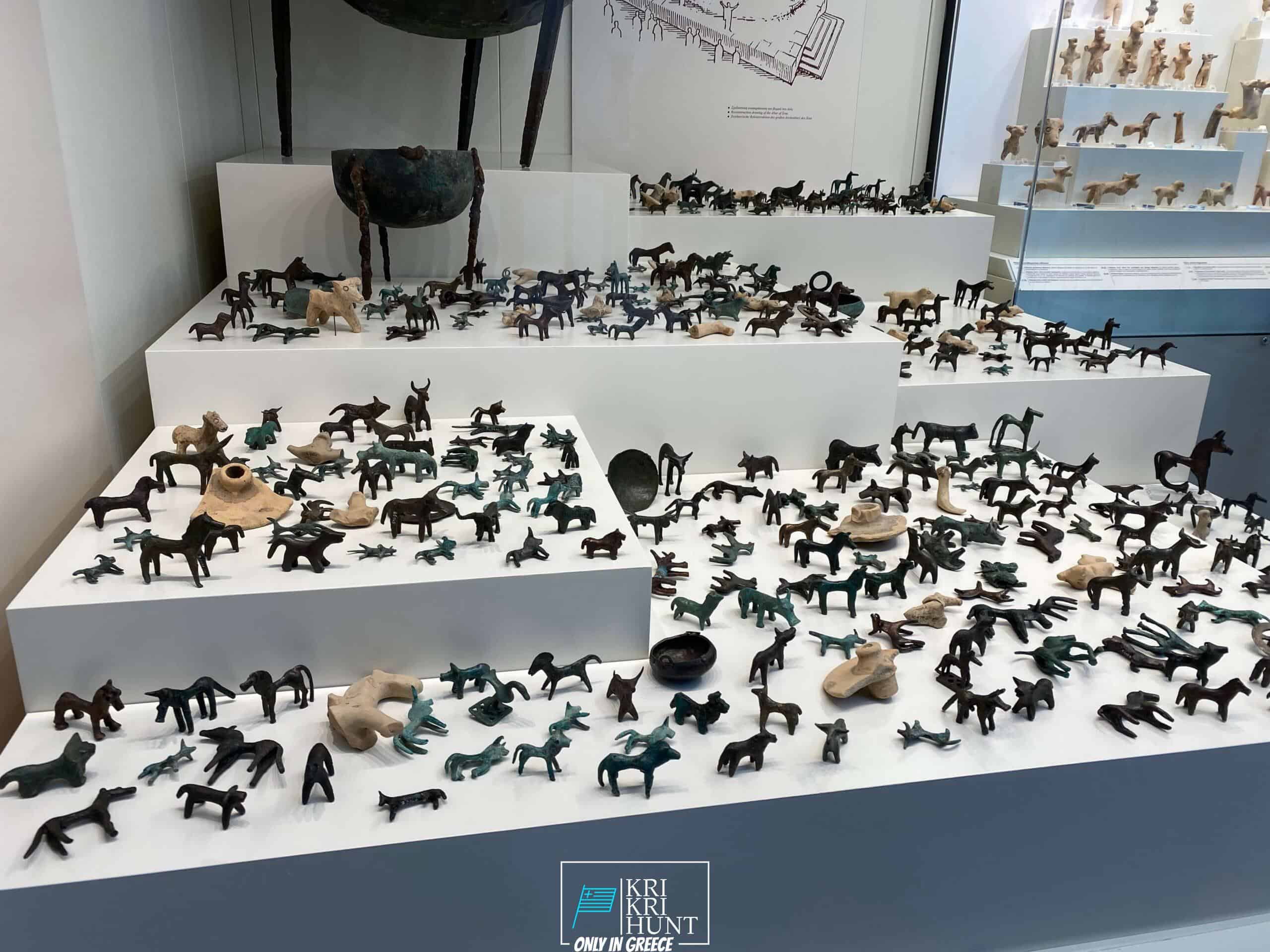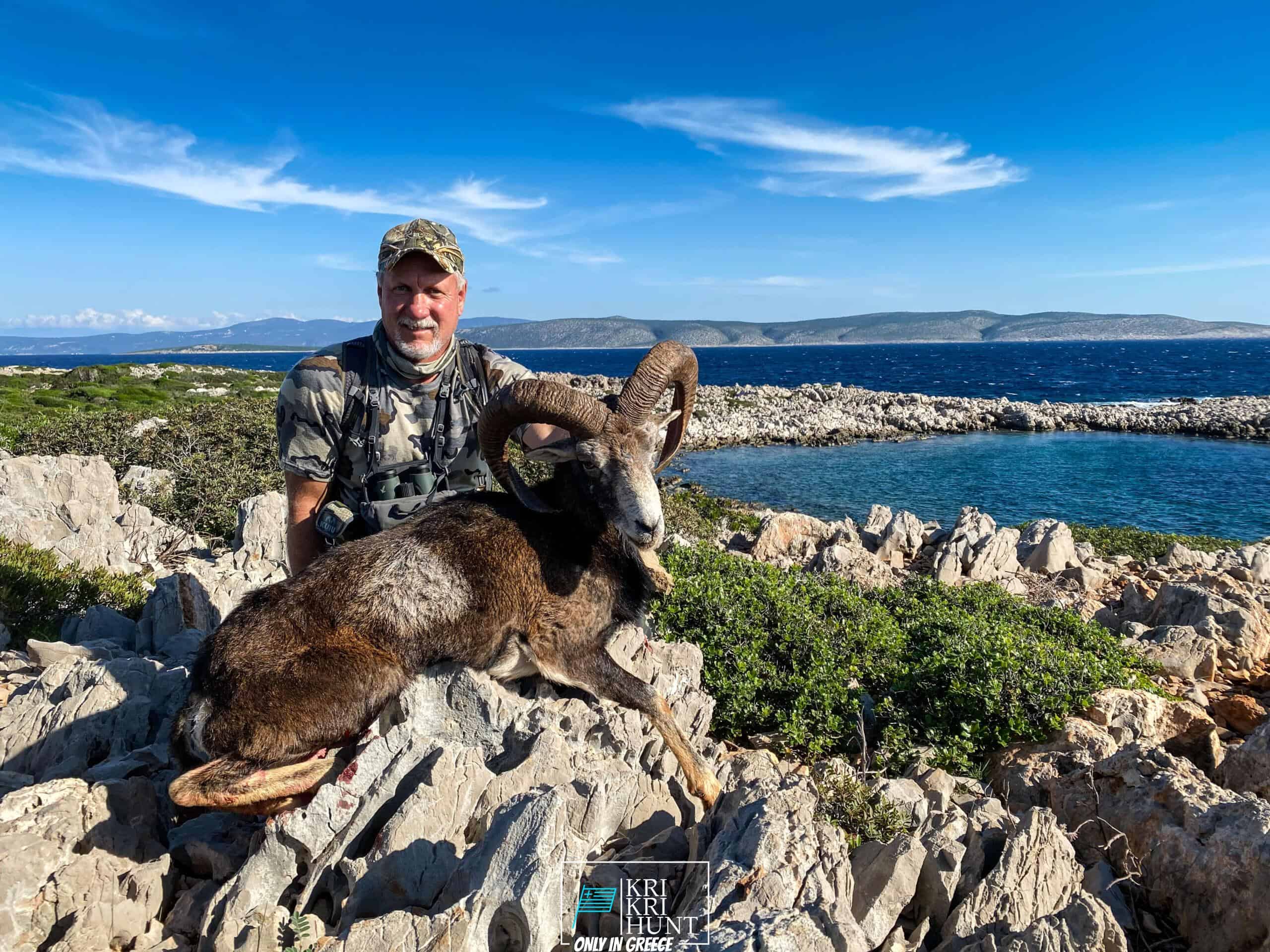Join the hunt for Kri kri ibex
Join the hunt for Kri kri ibex
Blog Article

To many public, The Peloponnese peninsula on the Greek Mainland is the 'genuine' Greece, where points have not altered a lot in any way over the centuries despite the fact that lots of people have actually uncovered it. This is an area where you might quickly invest a month or more yet if you are short on time then our hunting and touring Peloponnese Tours from Methoni is a wonderful remedy. The Peloponnese peninsula has something for every person with its many different activities and attractions.

This Ibex is NOT a small form of the Bezoar Ibex, which has actually migrated right into the western-most reach of the variety of this species. The kri-kri (Capra aegagrus cretica), also called the Cretan goat, Agrimi, or Cretan Ibex, is an indigenous goat species inhabiting the eastern Mediterranean, which was when believed to be a subspecies of wild goat. This kri-kri is a feral goat with a light brownish layer with a dark collar. They have 2 sweeping horns on their heads. During the day, they rest and prevent site visitors, avoiding visitors. The kri-kri can jump a long way or scale apparently upright cliffs.
On our Peloponnese tours, you'll reach experience all that this fantastic region has to use. We'll take you on a tour of some of the most attractive and also historic sites in all of Greece, including old ruins, castles, as well as a lot more. You'll additionally reach experience some of the traditional Greek society direct by enjoying a few of the scrumptious food as well as red wine that the area is understood for. And of course, no trip to Peloponnese would certainly be complete without a dip in the shimmering Mediterranean Sea! Whether you're a seasoned hunter looking for a brand-new experience or a novice traveler simply wanting to discover Greece's spectacular landscape, our Peloponnese tours are best for you. So what are you waiting for? Reserve your trip today!
Experience 'Real' Greece with Our Peloponnese Tours. Look no even more than our Peloponnese excursions if you're looking for a genuine Greek experience. From ancient ruins and castles to tasty food and also red wine, we'll show you everything that this outstanding area has to offer. So what are you awaiting? Reserve your journey today! Your Kri Kri ibex searching in Greece is here!
What is the diference between Kri Kri ibex, Bezoar ibex and hybrid ibex
The kri-kri is not thought to be indigenous to Crete, most likely having been imported to the island during the time of the Minoan civilization. Nevertheless, it is found nowhere else and is therefore endemic to Crete. It was common throughout the Aegean but the peaks of the 8,000 ft (2,400 m) White Mountains of Western Crete are their last strongholds–particularly a series of almost vertical 3,000 ft (900 m) cliffs called ‘the Untrodden’—at the head of the Samaria Gorge. This mountain range, which hosts another 14 endemic animal species, is protected as a UNESCO Biosphere Reserve. In total, their range extends to the White Mountains, the Samaria National Forest and the islets of Dia, Thodorou, and Agii Pandes.
This Ibex is NOT a diminutive form of the Bezoar Ibex, which has migrated into the western-most reach of the range of this species. The kri – kri (Capra aegagrus cretica), sometimes called the Cretan goat, Agrimi, or Cretan Ibex, is a feral goat inhabiting the Eastern Mediterranean, previously considered a subspecies of wild goat. The kri-kri has a light brownish coat with a darker band around its neck. It has two horns that sweep back from the head. In the wild they are shy and avoid tourists, resting during the day. The animal can leap some distance or climb seemingly sheer cliffs.
“The agrimi goat Capra aegagrus cretica is unique to Crete and its offshore islands. It has been identi®ed as a sub-species of the wild bezoar goat Capra aegagrus aegagrus Erxleben, 1777, which it closely resembles in horn shape, body form and coloration. This classi®cation has been disputed by some researchers who claim that the agrimi are feral goats, derived from early domestic stock brought to the island by the ®rst Neolithic settlers. In order to clarify this issue, DNA analyses (cytochrome b and D loop sequences) were carried out on tissue of live and skeletonized agrimi and compared to sequences of wild and domestic caprines. Results conclusively show the agrimi to be a feral animal, that clades with domestic goats (Capra hircus) rather than with wild Asiatic bezoar. This study demonstrates that morphometric criteria do not necessarily re¯ect genetic af®nities, and that the taxonomic classi®cation of agrimi should be revised.”
Report this page